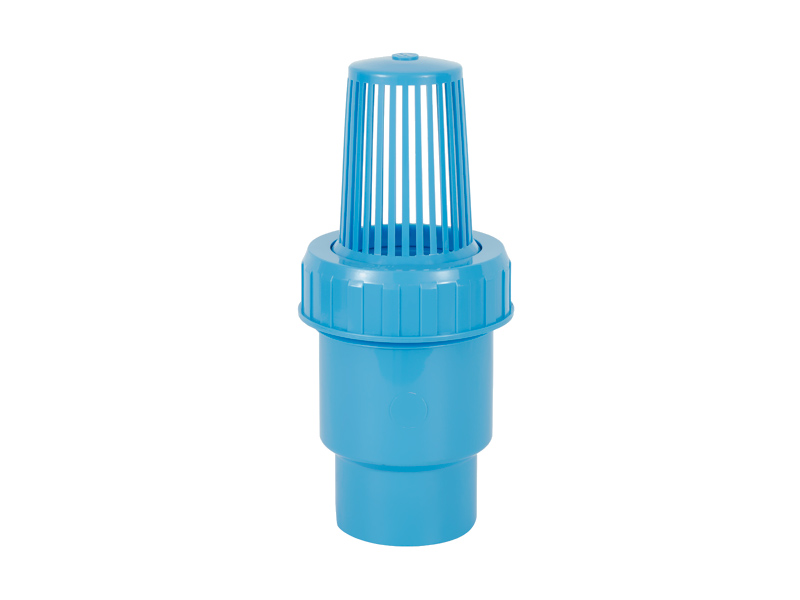How does the male ball valve design enable smooth and effortless on/off operation?
The male ball valve design is a key characteristic...
MORE >>















Butterfly valves are a type of quarter-turn valve that […]
Butterfly valves are a type of quarter-turn valve that is commonly used in various industries to regulate or isolate the flow of liquids or gases in pipelines. They consist of a disc that rotates around a central axis perpendicular to the flow of the fluid, which can be operated manually or by an actuator.
Butterfly valves are widely used in the chemical, pharmaceutical, food and beverage, water treatment, and HVAC industries, among others, due to their advantages in terms of cost-effectiveness, reliability, and ease of installation and maintenance. They are available in various sizes, materials, and designs to meet different application requirements.
One of the main advantages of butterfly valves is their cost-effectiveness compared to other types of valves, such as gate valves or ball valves. They require fewer components and less material, making them lighter and more affordable. Moreover, they are quick and easy to install, requiring fewer bolts and gaskets.
Butterfly valves are also highly reliable and durable, with a low risk of leakage or failure. Their simple and robust design makes them less prone to wear and tear, and they can withstand high pressures and temperatures. They are also less affected by particulate matter or impurities in the fluid, which can clog or damage other types of valves.
In the chemical and pharmaceutical industries, butterfly valves are commonly used to control the flow of various chemicals and solvents, including acids, bases, and corrosive substances. They are often made of materials such as stainless steel, PVC, or PTFE to withstand the harsh chemical environments and prevent contamination of the fluid.
In the food and beverage industry, butterfly valves are used to regulate the flow of liquids such as milk, juice, beer, or wine. They are often made of sanitary materials such as stainless steel or silicone, which are easy to clean and maintain. Some designs also include an inflatable seat or an elastomeric liner to provide a tight seal and prevent contamination or leakage.
In the water treatment industry, butterfly valves are used to control the flow of water and wastewater in pipelines and treatment plants. They can handle large volumes of water and withstand high pressure differentials. They are also resistant to corrosion and erosion, which are common issues in water treatment systems.
In the HVAC industry, butterfly valves are used to regulate the flow of air and gases in heating, ventilation, and air conditioning systems. They are often made of lightweight materials such as aluminum or nylon to reduce the weight and cost of the system. They can also be used in fire protection systems to isolate or control the flow of water or foam.


The male ball valve design is a key characteristic...
MORE >>
In today's modern world, efficient and reliable wa...
MORE >>
Copyright ©All rights reserved:Zhejiang Xier Plastic Valve Lead Co.,LTD. PVC Ball Valves Manufacturers Technical support: HWAQ  浙公网安备 33060402001174号
浙公网安备 33060402001174号

 English
English España
España عربي
عربي